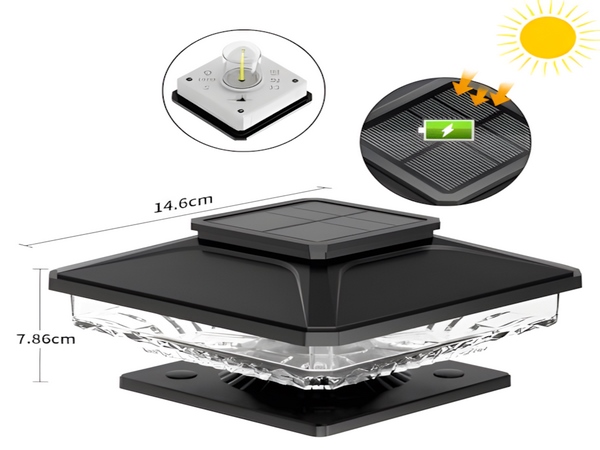
The role of streetlights in urban lighting is very important, providing better illumination at night. With the popularity of solar power, solar streetlights have become quite common. However, many users are not well-informed about the system voltage of solar streetlights. So, what types of system voltages are available for solar streetlights? Here is a share from Century Sunshine Lighting:
One, 3.2V System Voltage

This voltage was utilized by many vendors for lithium battery solar streetlight systems in 2018. The approach for 3.2V voltage is to connect all solar battery cells in series. Solar streetlights with a 3.2V system voltage are very affordable, but their disadvantages include a short lifespan, subpar illumination effects, and instability. Generally, the solar lithium battery needs to be replaced within two years.
Two, 12V System Voltage
This voltage is a common type of solar streetlight system voltage and is the most widely used. Most solar streetlight manufacturers on the market currently adopt this system voltage. Solar streetlights with this system voltage have two types of controller configurations: one is a step-down controller with 3 in series and 10 in parallel, and the other is a step-up solar streetlight controller with 10 in series and 3 in parallel. Solar streetlights with a 12V system voltage have a moderate price, excellent quality, long lifespan, and a high cost-performance ratio.
Three, 24V System Voltage

Solar streetlights with a 24V system voltage feature two solar panels and two solar batteries, with the two solar panels connected in series, as well as the two solar batteries. This results in an overall system voltage of 24V. This voltage system is highly stable; however, the price of solar streetlights with a 24V system voltage is quite expensive, costing about 50% more than those with the same configuration in 12V. Consequently, the quantity of solar streetlights using this system voltage is limited.
The above information on the system voltage of solar streetlights concludes our share. As an outdoor lighting product, solar power exhibits countless advantages, addressing many environmental issues and bringing greater economic benefits to society. With its unique secondary optical design, it directed its illumination to the required areas, thereby further improving efficiency and achieving energy savings.



